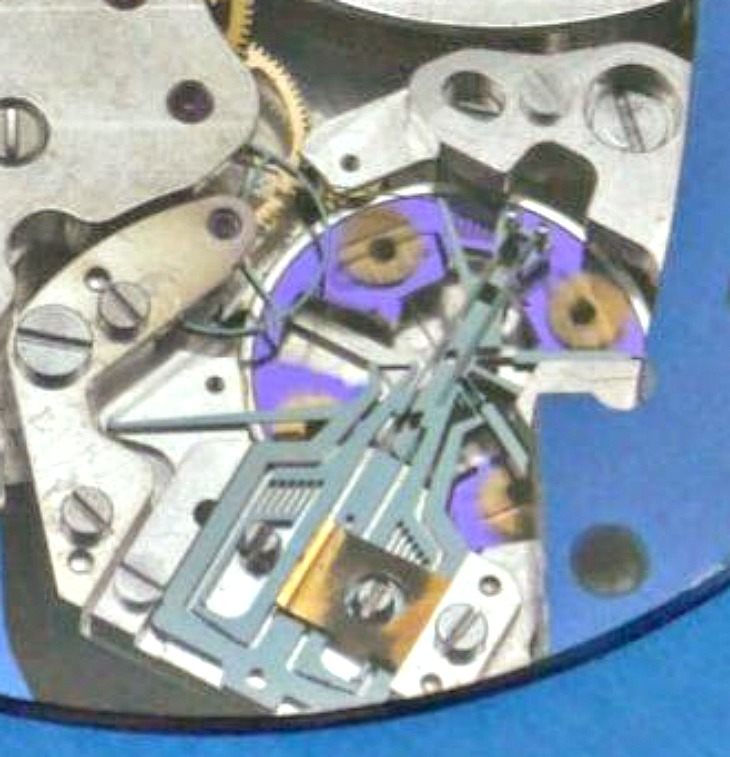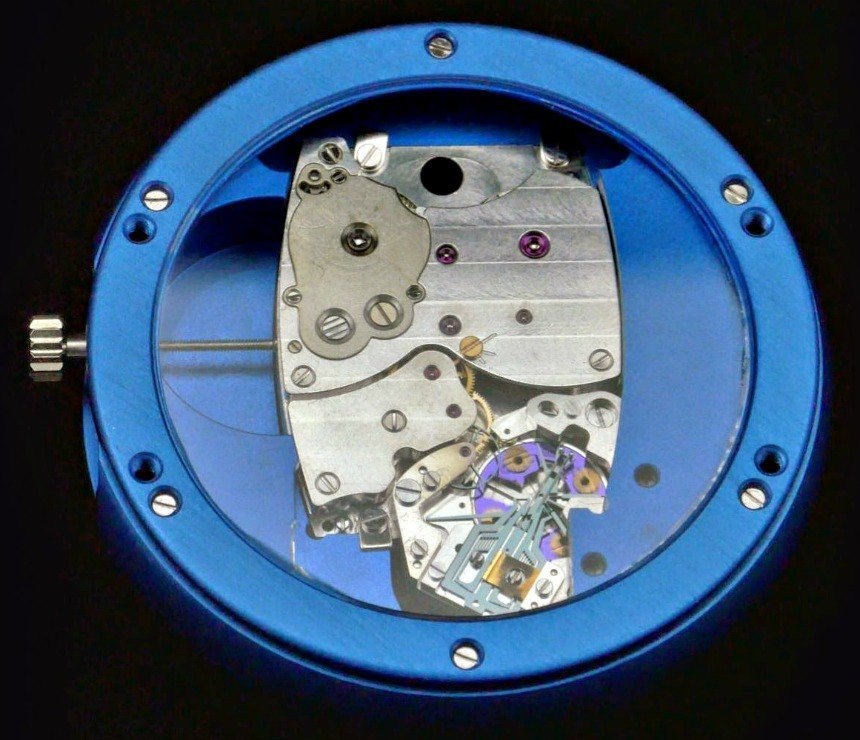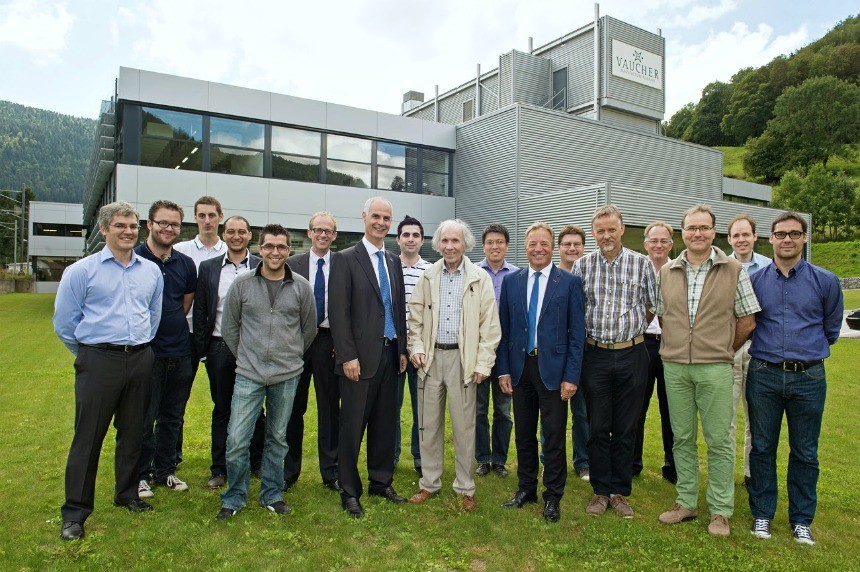
An announcement like this often flies under the radar, until a major watch brands sexes it up with a fancy announcement and by placing it into a new timepiece – but this news is very much worth knowing about. Say hello to what may be a rare oddity or common name in watchmaking in the near future: The Genequand System. It is a new type of balance wheel and escapement system for mechanical watches which promises to lengthen the power reserve of a traditional watch to a month or longer without any changes to the mainspring. That is compared to the 2-3 days of power per single mainspring barrel currently available with most standard mechanical watches. Apparently, it took over 10 years to even get into a working watch movement prototype.
Hermes-controlled Vaucher (a Swiss company that produces watch movements) and CSEM (a scientific company dedicated to Swiss micro technology and applied research) worked together in order to produce a working prototype of the Genequand System, which is now undergoing research in how to be properly industrialized. Apparently, the team is close enough that watchmaker Parmigiani Fleurier has negotiated to have the exclusive rights to use the Genequand System in their watches for a few years, until the technology will be available to others. All of this is said to be the brainchild of physicist Pierre Genequand, who actually developed this new escapement after his retirement in 2002. In 2004, he managed to build a 20:1 scale working version of his novel concept, and in 2005, a 5:1 scale model was completed. Only now, in 2014, has the Genequand System miniaturized successfully into a watch movement.

So what is the Genequand System? Basically, it replaces the traditional Swiss lever escapement and balance wheel with a system that uses a lot of silicon and some interesting techniques. In a nutshell, due to the flexible nature of silicon and something they called “Flextech,” they are able to use the precise and predictable (and lubrication free) elastic nature of silicon to produce micro-movements that vastly reduce the actual movement necessary to have a traditional, mechanical regulation system. Look at the video and you can see that the Genequand system (likely to be given a better name in the future) has a balance wheel that moves considerably less (in regard to its oscillation) than a traditional balance wheel.
In practice, the Genequand System looks to be philosophically similar to the “blade-style” silicon-based constant force escapement system in the Girard-Perregaux Constant Escapement watch. You can see how eager Swiss engineers are to make full use of the material in regard to doing things with mechanical movements never before possible with metal. The Genequand System is able to allow for power reserves of 30-45 days with traditional mainsprings because it simply uses far less power than traditional Swiss lever escapements. The implication is that movements which adopt this new type of regulation system can offer vastly improved accuracy, as well as power reserve, with only minor changes to how their watch movements are produced.

Even though the Genequand System uses less power than traditional mechanical movements, it operates faster. A standard 4Hz Swiss movement operates at 28,800 bph, while the Genequand System balance wheel operates at 86,400 bph (beats/vibrations per hour). The system is made up of three essential parts, and those include the isochronism compensator, Wittrick oscillator, and pallets. The entire system appears to be more or less lubrication free, and is mostly produced from precision-cut silicon. The team to produce it at Vaucher and CSEM consisted of at least 20 people.
CSEM is an interesting company and appears to be very connected to the watch industry, as well as some Swiss technology giants. The board of directors has prominent people from groups such as Rolex, Swatch, and Richemont. I think its goal is to work with various technology groups in Switzerland to bring theory to applied research, and eventually, to potential commercial or scientific use. At first, the Genequand System regulator will be used in an upcoming Parmigiani watch, and after that, we will see. I imagine, Parmigiani will have exclusivity for a few years, and then others will jump aboard. If practical enough in operation and manufacture, and easily integrated into existing movement architecture, I don’t see why a lot of brands (and consumers) would not want to vastly increase the potential power reserves of their watches. csem.ch
